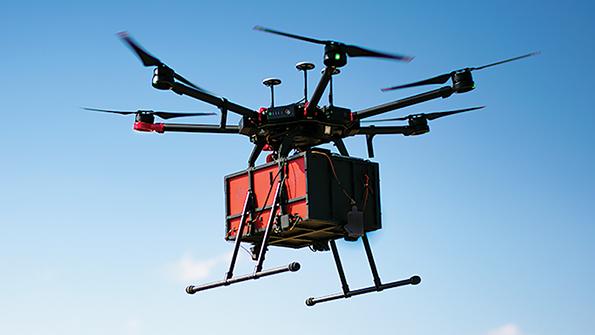As the demand for Learn to fly drone services continues to soar, the integration of cloud-based solutions has become a transformative force in enhancing the capabilities, scalability, and overall efficiency of these unmanned aerial systems. The synergy between Learn to fly drone services and cloud technology opens up new horizons, allowing for seamless data management, advanced analytics, and enhanced collaboration.
One of the key advantages of incorporating cloud-based solutions into Learn to fly drone services is the centralized storage and accessibility of data. learn to fly drone generate vast amounts of data during flights, including high-resolution imagery, sensor readings, and telemetry information. Cloud storage facilitates the secure and efficient management of this data, enabling easy access and retrieval for analysis, reporting, and decision-making.
Cloud-based solutions also play a crucial role in real-time processing and analytics. As Learn to fly drones capture data during flights, cloud platforms can process this information on the fly, providing instant insights and actionable intelligence. This real-time analysis enhances the effectiveness of Learn to fly drone services in various applications, from infrastructure inspection to emergency response, by enabling quick decision-making based on up-to-the-minute data.
Moreover, cloud-based solutions contribute to the scalability and flexibility of Learn to fly drone services. With cloud computing resources, Learn to fly drone operators can scale their operations dynamically, adapting to changing workloads and demands. This flexibility is particularly valuable in applications such as agriculture, where large-scale monitoring of fields or forests may require significant computational power for data analysis.
Collaboration and data sharing are further enhanced through cloud-based solutions in Learn to fly drone services. Multiple stakeholders, including operators, analysts, and decision-makers, can access and collaborate on the same dataset in real-time. This collaborative environment promotes streamlined workflows, efficient communication, and a more holistic approach to problem-solving.
While the integration of cloud-based solutions in Learn to fly drone services brings numerous benefits, it also raises considerations regarding data security and privacy. Ensuring robust cybersecurity measures and compliance with data protection regulations is paramount to maintaining the integrity and trustworthiness of Learn to fly drone services.
In conclusion, the marriage of Learn to fly drone services and cloud-based solutions represents a pivotal advancement in the capabilities of unmanned aerial systems. The seamless integration of these technologies not only enhances data management, analysis, and collaboration but also positions Learn to fly drone services for further innovation and scalability. As the cloud continues to play a central role in shaping the future of technology, its influence on the evolution of Learn to fly drone services is set to soar to new heights.
